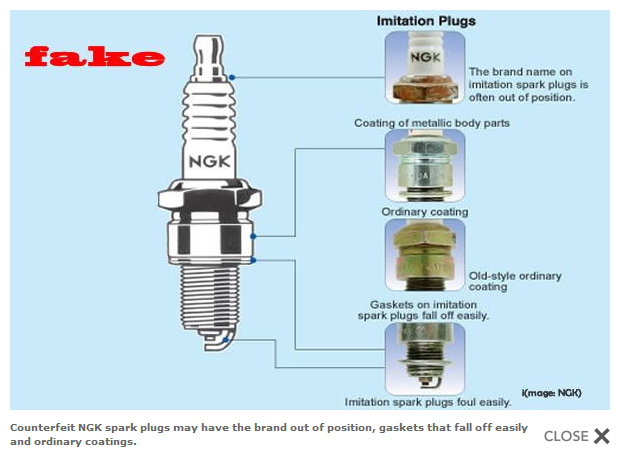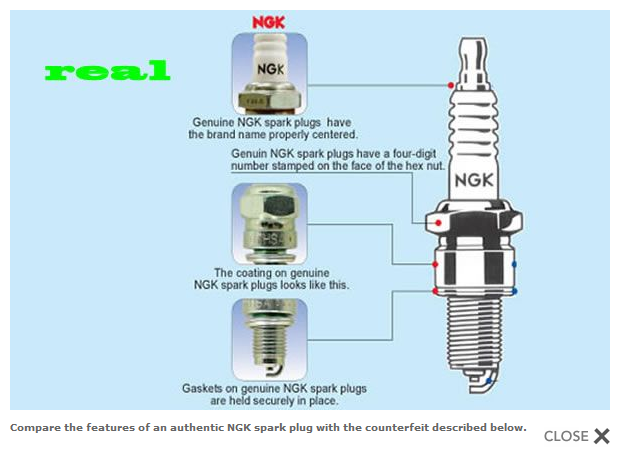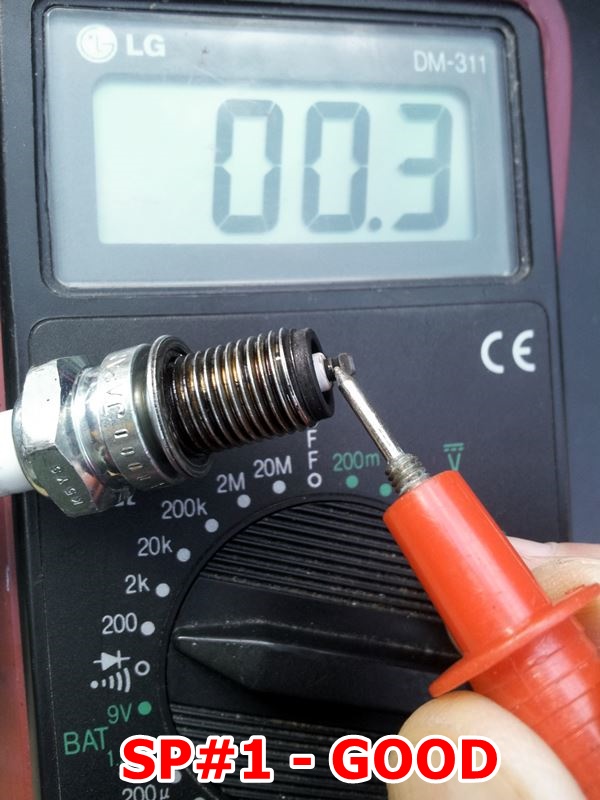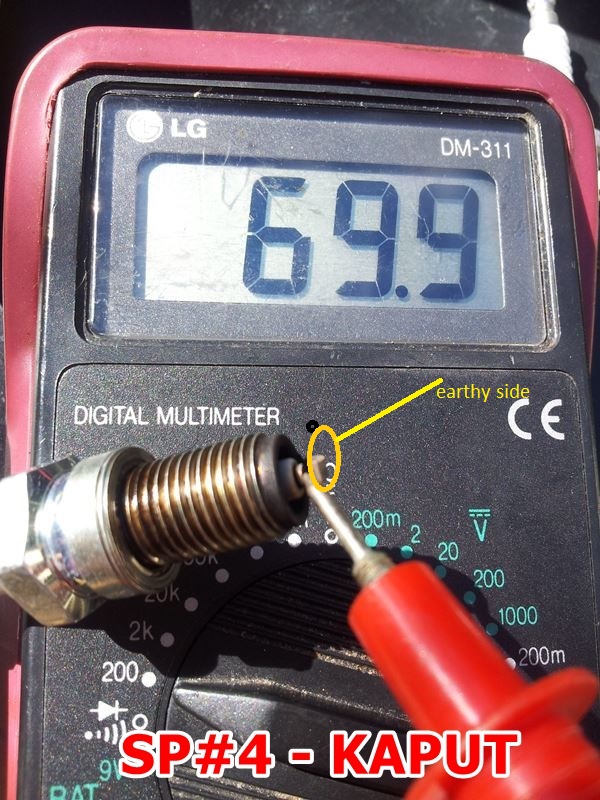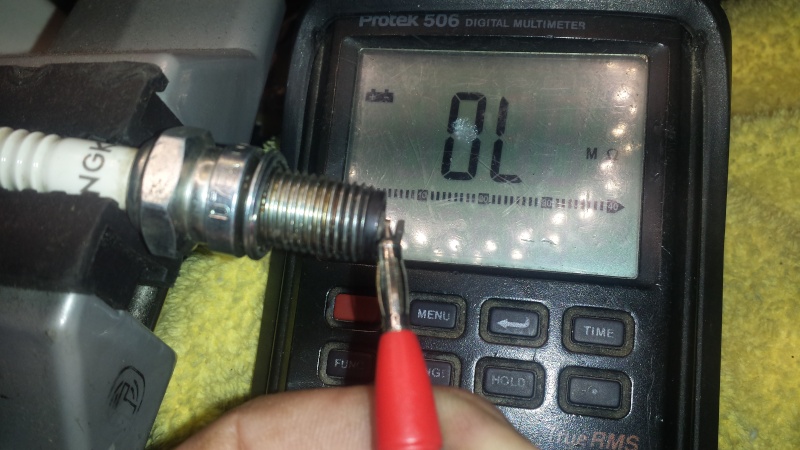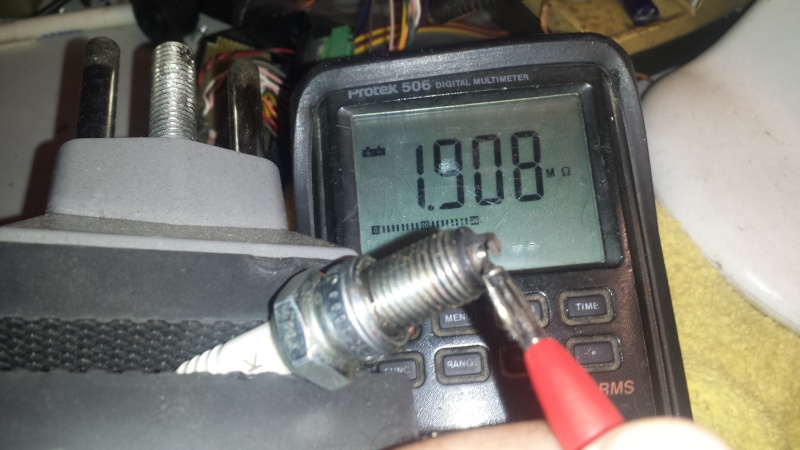1

 Spark plugs Sat Mar 19, 2016 12:27 am
Spark plugs Sat Mar 19, 2016 12:27 am
Holister
Life time member

My sparkplugs (D7EA) get replaced every 10K km. That's not a routine I have, its when the SPs fail and it's always around that mark give or take a few hundred km. I first notice a slight roughness at startup and after a few days I can feel slightly more vibration thru the bars. I pull the plugs and they look fine... a nice colour, but when I put the meter on them it tells a different story. At least one will read over 100 ohm. Last time I had 3 dud SPs. I chuck the duds and throw 1 or 2 in the tail for emergencies. Never had to use them tho.
I'm now 8K klm into my present set of SPs and this week I get that roughness on startup. I pull the plugs to find 2 are dud. Bugger. I should have another 2K to go. Lucky I have a set I ordered online (half price) coming next week.
This just got me wondering....
What SPs do other members use? There are a few specialty type plugs available.
How often do you replace them?
Does any one else test their plugs with a DMM?
Cheers
I'm now 8K klm into my present set of SPs and this week I get that roughness on startup. I pull the plugs to find 2 are dud. Bugger. I should have another 2K to go. Lucky I have a set I ordered online (half price) coming next week.
This just got me wondering....
What SPs do other members use? There are a few specialty type plugs available.
How often do you replace them?
Does any one else test their plugs with a DMM?
Cheers
__________________________________________________
1989 K100RT VIN 0097367 (naked) 1996 K1100RS VIN 0451808 |  | Fuel: 95 Octane Engine Oil: Nulon Full Synthetic 15W50 Gear Box Oil: Nulon Synthetic 75W90 |












